On March 11th, 2011, an earthquake registering 9.1 on the Richter scale struck the region of Tohoku in Japan.
At 2:46pm, while kids sat in classrooms and workers were busy tending to their tasks the ground beneath them started to shake violently.
The entire island of Honshu shifted 2.4m to the east. Houses collapsed, roads cracked, and confusion started to set in.
It was the most powerful earthquake to hit Japan in recorded history.
The epicentre was about 70km off the coast of Tohoku, just 24km beneath the Pacific Ocean.
Alarms rung out across the coast, and in the aftermath of the quake, the population had little time to prepare for what would soon come.
Less than an hour later, a series of tsunamis towering over 20m high struck the island of Honshu.
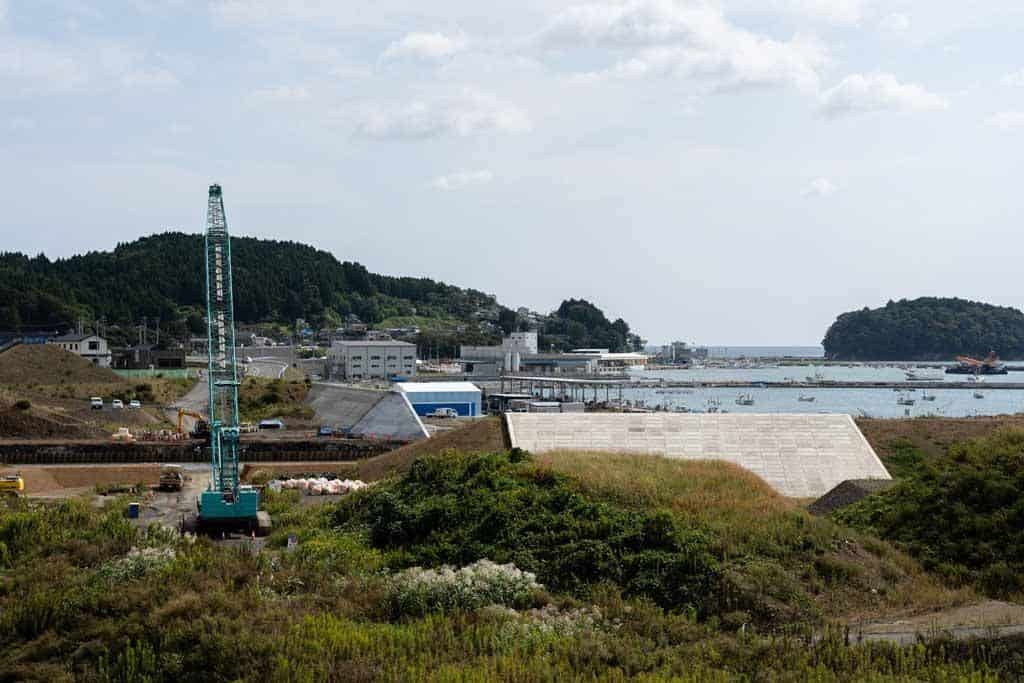
Table of Contents
The Tohoku Earthquake and Tsunami
Earthquakes are common in the Land of the Rising Sun.
Situated in the ‘Ring of Fire‘, a seismic hotbed of volcanic activity in the Pacific Basin, Japan has been the victim of quakes and tsunamis for millennia.
However, the one that struck in 2011 was beyond anything ever seen before.
The ocean relentlessly attacked Tohoku with numerous devastating tsunamis, tearing apart everything in their path.
There was little anybody could do except seek higher ground. For many though, there just wasn’t enough time.
Over 15,000 people tragically lost their lives after the Tohoku earthquake, and nearly half a million became homeless.
Video footage of the destruction was relayed to news broadcasters and online around the world. Never before had anything of this magnitude been witnessed, and the scenes were heartbreaking.
In the coming days, weeks and months, stories began to emerge of not only the damage to human life and property, but also of the heroic acts by individuals and companies that saved thousands more lives.
The tale of the Tohoku tsunami is well-known; The towns flattened, lives lost, and of course the Fukushima nuclear reactor going into meltdown.
What isn’t often spoken about though is how this part of Japan banded together to repair, rebuild and remember.
Tohoku’s Campaign to Rebuild
In September 2019, we visited the Tohoku region to see firsthand the reconstruction efforts that have taken place since the tsunami.
Tohoku is the northeast of Honshu, a few hours by train from Tokyo, and if one were to ignore the recent natural disaster, the feature it is best known for is the stunning coastline, known to be one of the jewels of Japan.
In order to highlight the best of Tohoku, we spent a few days exploring the beaches, crawling through spectacular caves, wandering into centuries-old temples and diving into the rich food and culture scene.
It was a wonderful experience, and despite Tohoku not being a typical tourist destination for many visitors, we were blown away by its serene beauty.
Everywhere we went though, the story of the tsunami weaved its way to be the common theme of Tohoku.
Buildings have lines painted on their exterior to indicate the highest level the water reached.
Towns have memorial gardens to honour the victims, with their names etched onto plaques.
Museums and galleries have opened throughout Tohoku, showcasing not only the scenes of destruction, but more importantly, keeping alive the countless positive rescue stories.
In between the sightseeing, we would seek to learn more about the Tohoku earthquake and tried to gain an understanding of what happened that day, and how the rebuild went in the years that followed.
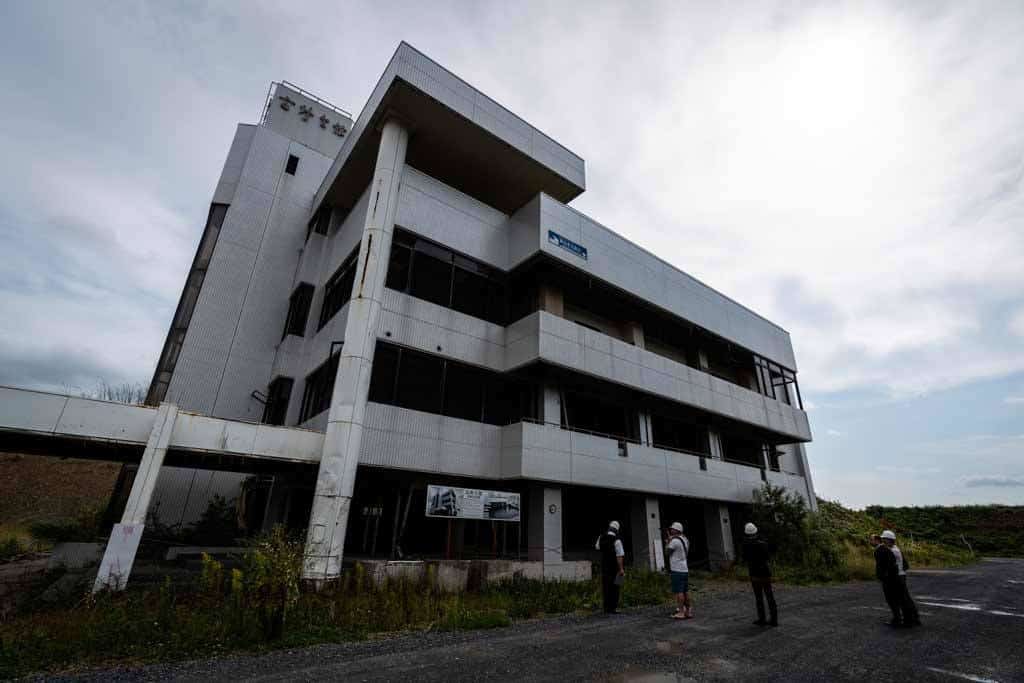
A Visit to Kamaishi Unosumai Memorial Stadium
In the city of Kamaishi in the Iwate prefecture, the Kamaishi Unosumai Memorial Stadium is a symbol of post-disaster recovery that the entire region of Tohoku is immensely proud of.
Kamaishi used to be home to Japan’s most celebrated rugby union team, Nippon Steel Kamaishi.
They enjoyed unrivalled success in the 70s and 80s, banding the local sports-loving population together.
The club closed in 2001 and was replaced by the Kamaishi Seawaves.
For years their stadium was the focal point of sports and entertainment for many until it was destroyed by the Tohoku tsunami in 2011.
Worse than the stadium being damaged, over a thousand people lost their lives in the town that day.
As the town struggled to rebuild, the passion and excitement were now gone from Kamaishi.
In an effort to rejuvenate the atmosphere that had been lost, the city put forward a bid to host a few games for the 2019 Rugby World Cup.
It eventually was selected as one of 12 venues, and in 2017 the brand new Kamaishi Unosumai Memorial Stadium began its construction.
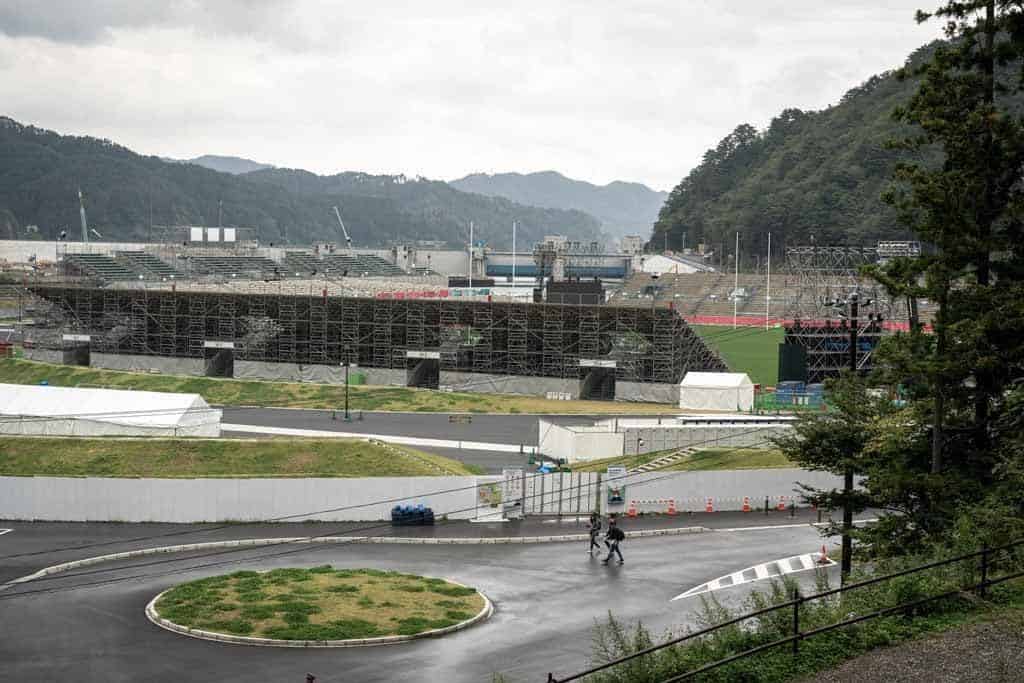
16 months later, on the 19th of August 2018, the stadium was officially opened with a rugby match between the Kamaishi Seawaves and Yamaha Jubilo.
6,000 people attended the game, and the town’s energy finally came alive again.
Sport has the power to bring a community together, to create common ground for people of ages to bond and celebrate in harmony.
In this small place where the Tohoku earthquake had caused such catastrophe, the new Kamaishi Unosumai Memorial Stadium united the town.
In 2019 the world’s eyes turned on Kamaishi to see Uruguay play Fiji in the Rugby World Cup.
For the first time since the tsunami, the town was in the spotlight for something uplifting, a hopeful sign of the future for all of Tohoku.
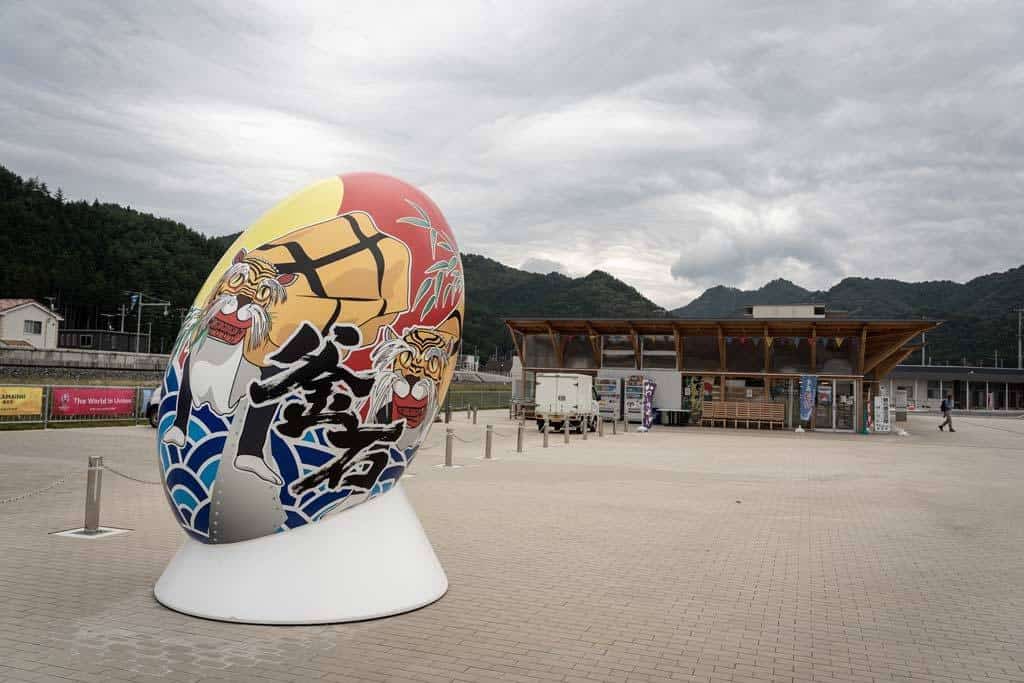
The Storytelling Tour of Minami Sanriku
The 2011 Japan Tsunami caused catastrophic devastation to the entire Tohoku region, but perhaps no place felt the effects as heavily as the small town of Minami Sanriku.
When the towering walls of water struck the coast, Minami Sanriku, being the closest town to the epicentre, was almost completely wiped off the map.
Few buildings managed to withstand the force of the tsunami. 95% of the town was destroyed.
In the days that followed almost two-thirds of the entire 17,000-strong population were missing, feared dead.
As time passed the eventual death toll was marked at just over 1200, but exact numbers have never been determined.
The town has a long history of tsunamis, and as such they had over 80 evacuation points for people to flock to.
But the Tohoku earthquake was so powerful, 31 of the evacuation centres were flooded when the waves hit.
Images of Minami Sanriku spread far and wide, with international media reporting on the critical disaster zone.
But just like the rest of Tohoku, soon stories started to emerge of heroism.
We spent two nights in Minami Sanriku, staying at the Hotel Kanyo. This luxury hotel survived the tsunami thanks to its location on higher ground.
As people began their evacuation of the town, Hotel Kanyo opened their doors to house hundreds of people, providing free shelter and food for as long as they needed.
During our time in Minami Sanriku, we joined the Tsunami storytelling story curated by the hotel to learn more about what happened on that fateful day.
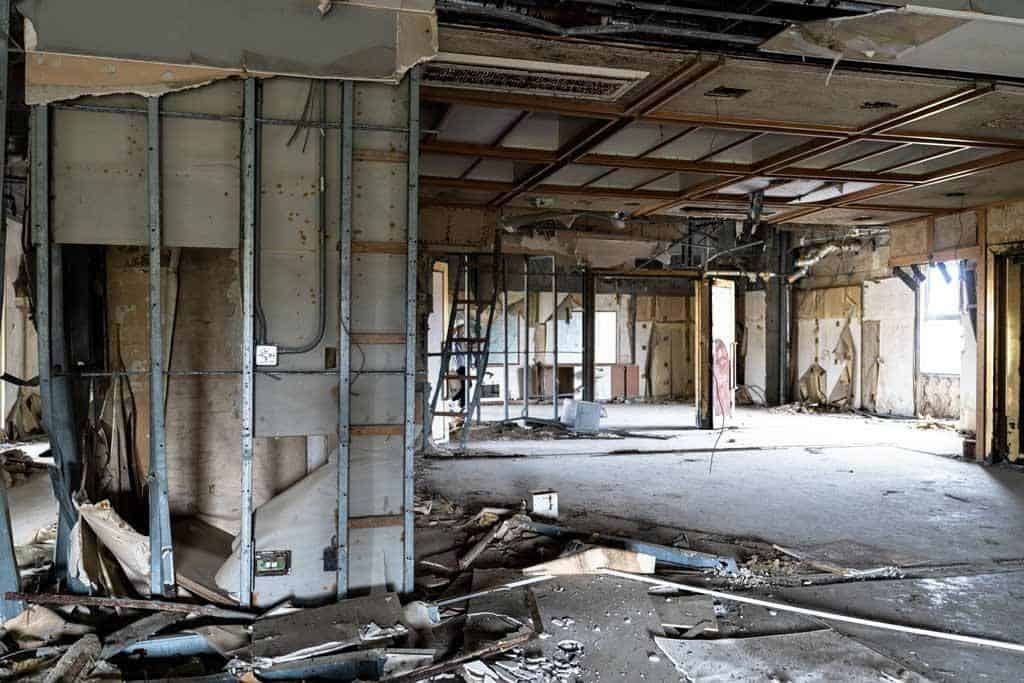
This hour-long bus tour was held in Japanese by a survivor of the tsunami, however an English-speaking manager from the hotel joined us to translate.
Using iPads with imagery from the day, we toured around Minami Sanriku, stopping off at two places where powerful examples of survival occured.
The first was the Minami Sanriku Elementary School, placed high up on a hill, where hundreds of students and thousands of evacuees waited out the horrors beneath them.
It was from here that reports of the extent that was happening in Minami Sanriku reached the outside world, with a local journalist live-posting to Twitter.
The survivors wrote ‘S.O.S.’ in the carpark, alerting rescuers to their presence in the school.
Our guide shared stories to the group about what had happened on the hill that day, and how everybody banded together to support and care for one another.
The strength of the survivors became well documented, even while the students feared for their families who didn’t have time to reach the school.
Afterwards, we drove down to a 4-storey hotel right by the edge of a new sea wall that is being constructed.
This hotel used to be a partner of Hotel Kanyo, and was one of the most prestigious in Minami Sanriku.
When the tsunami hit, the guests sought shelter on the roof, expecting to be well out of harm’s way.
Much to their horror, the water levels rose so high that waves were lapping over the roof.
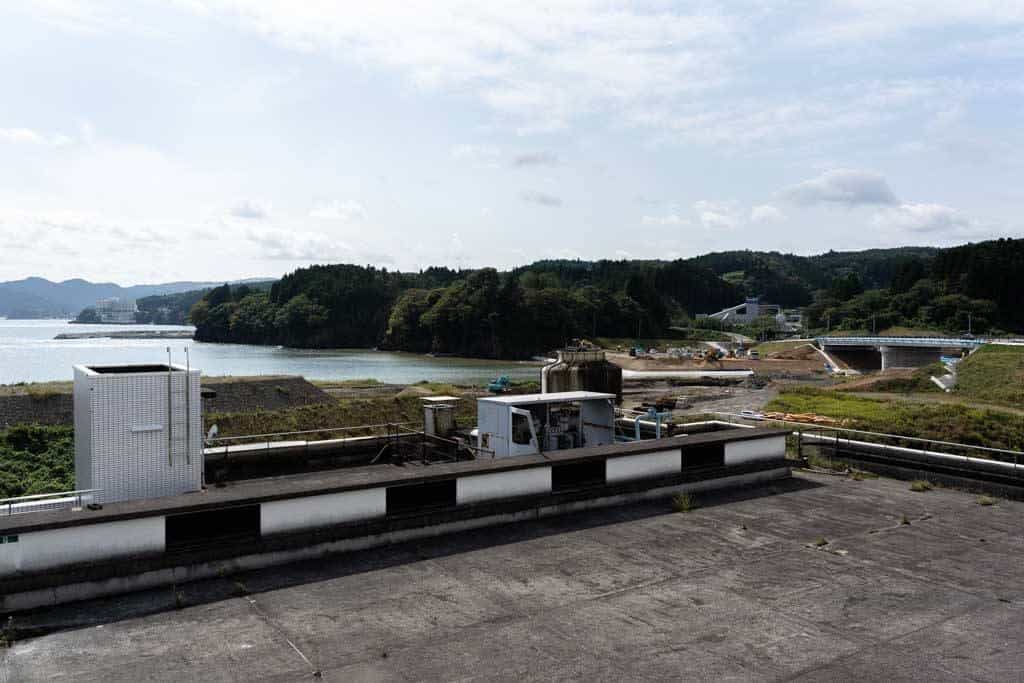
The staff and guests gathered around an electrical room that was elevated, with hundreds of people crowding into a tiny space.
For hours they stood there in fear, watching the water rise and fall, but miraculously nobody died.
Today the hotel has been mostly cleaned of the damage, but has never been opened to the public again.
It stands as a ghostly memorial to what was once an elegant accommodation.
Minami Sanriku has started to rebuild over the following years, and now it is almost back to its former glory.
The remnants of the disaster will never be wiped from history, but Minami Sanriku will continue to grow in the hopes of honouring the fallen from March 11th, 2011.
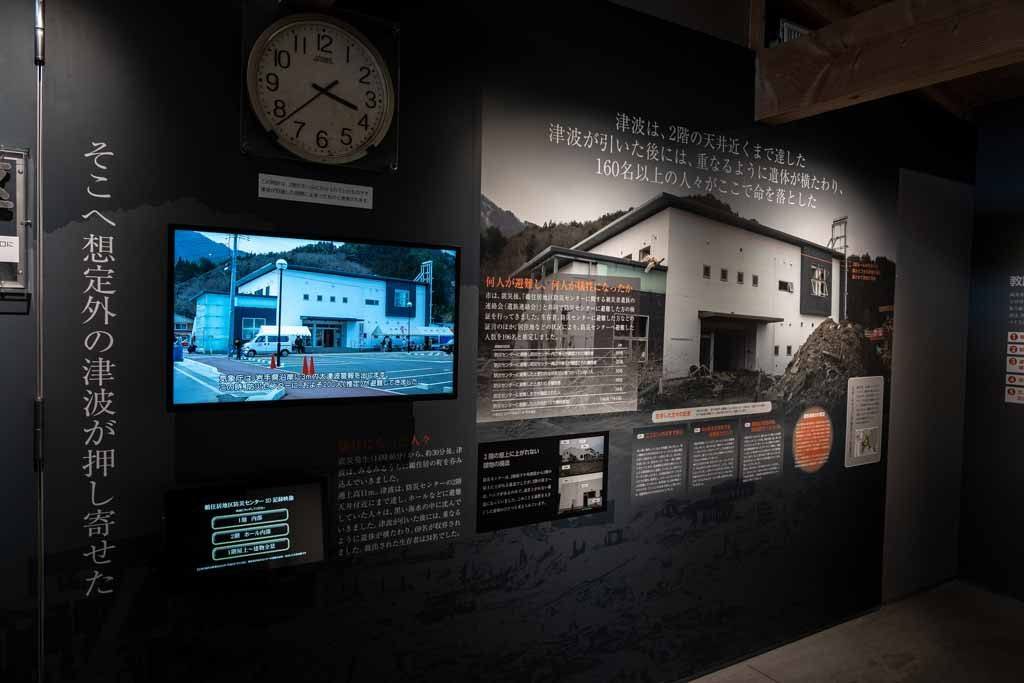
Tohoku Welcomes a New Future
The Tohoku tsunami that took the lives of more than 15,000 people will forever remain in the memories of those who survived, and the vision of the billions who witnessed the footage around the world.
But the region hopes to be remembered for its bright future rather than a tragic day in history.
A new, higher sea wall is being built along the coast to protect the population from any future tsunamis, while the towns behind them focus on rejuvenation projects.
Today the coastal towns of Tohoku are vibrant and trendy, welcoming domestic and international tourists with open arms.
The state of the Fukushima nuclear reactor continues to be an uncertainty, but the world’s top scientists are working on stabilising the threat.
As you walk around and speak to the people, they all have their own tales of despair and survival from March 11th, 2011.
But what stands out the most when you chat is their optimism. They are a proud people, and refuse to dwell on the past when their future is what really matters.
Tohoku did more than survive the earthquake, it thrived in its recovery.

